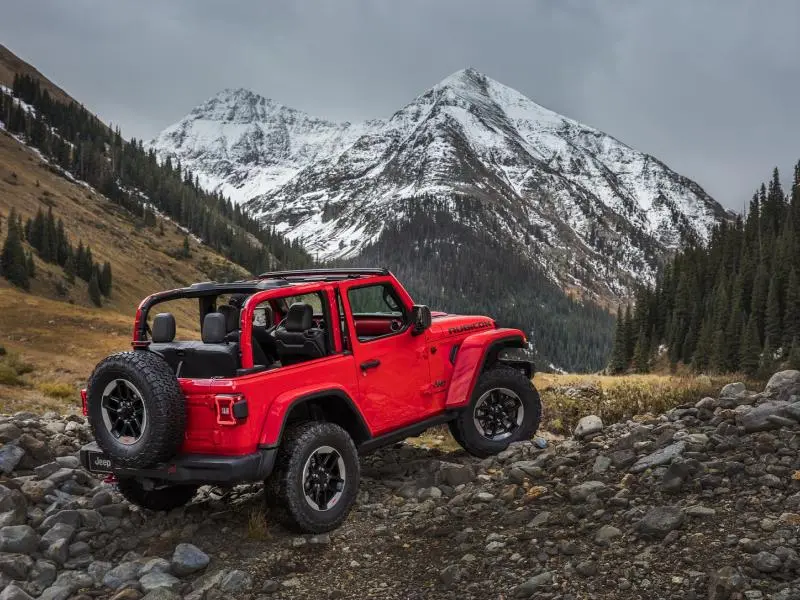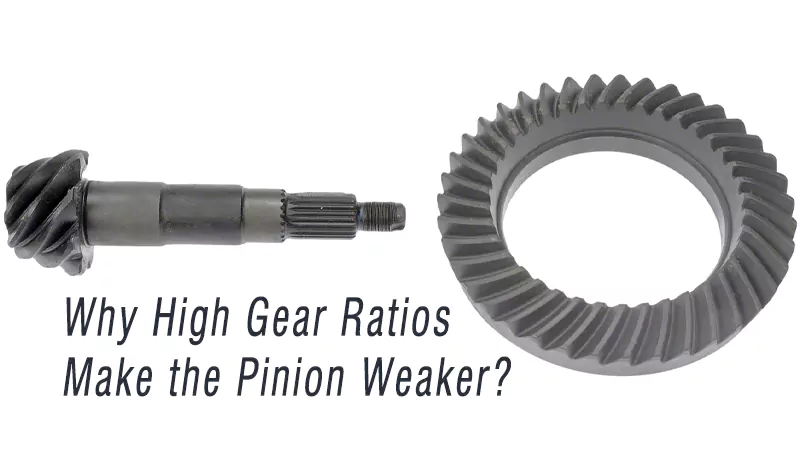When fuel prices fluctuate and operating costs rise, vehicle owners—from daily drivers to commercial fleet managers—are constantly searching for practical ways to reduce fuel consumption. While fuel-saving tips often focus on driving habits or tire maintenance, many overlook a more technical but highly effective solution: optimizing the differential gear ratio.
In this article, we explore seven practical strategies to help you reduce fuel consumption without sacrificing performance. These methods range from simple maintenance tasks to advanced modifications like adjusting your crown wheel and pinion gear ratio.
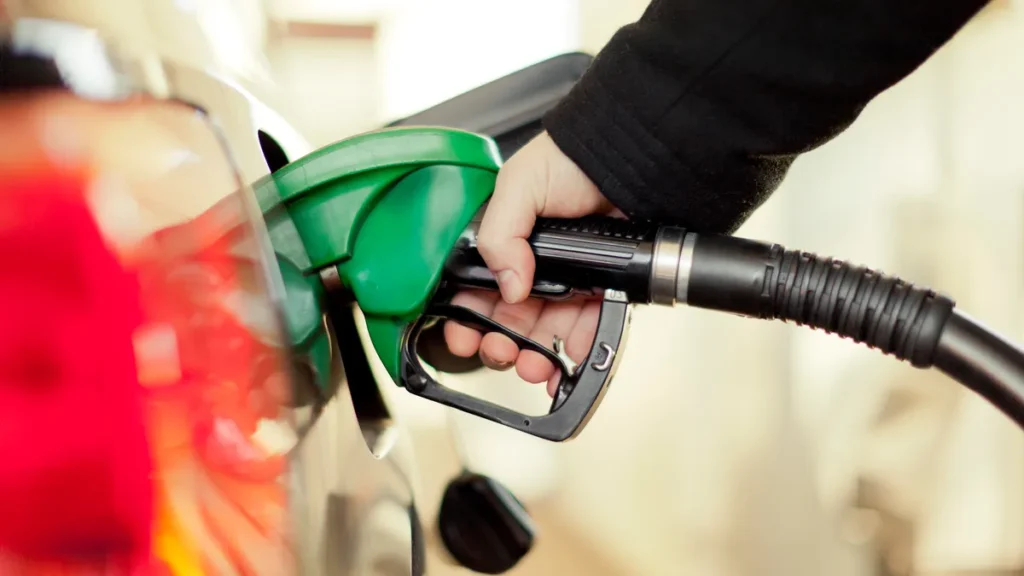
1. Keep Your Tires Properly Inflated
Underinflated tires increase rolling resistance, forcing the engine to consume more fuel just to maintain speed. Regularly checking your tire pressure—especially before long trips or during seasonal weather changes—can improve your mileage significantly. Manufacturers often provide recommended tire pressure values, usually located on a sticker inside the driver’s door.
2. Use High-Quality Engine Oil and Replace Filters
Engine oil acts as a lubricant, reducing internal friction between moving parts. Over time, oil breaks down and loses its effectiveness, making your engine less efficient. Use high-quality, manufacturer-recommended engine oil and replace it at the proper intervals. Don’t forget to check and change your air and fuel filters as well—dirty filters reduce engine performance and lead to higher fuel usage.
3. Drive Smoothly and Avoid Hard Acceleration
Sudden acceleration and hard braking increase engine workload and waste fuel. Instead, accelerate gently and anticipate stops by coasting when appropriate. This technique not only saves fuel but also reduces wear on your brakes and tires.
4. Limit Idling and Manage Air Conditioning Use
Many drivers overlook the amount of fuel wasted while idling, especially during hot weather when air conditioning is constantly running. If you’re stopped for more than a minute, it’s often more fuel-efficient to switch off the engine and restart when you’re ready to go. Smart management of air conditioning can also make a noticeable difference in fuel usage.
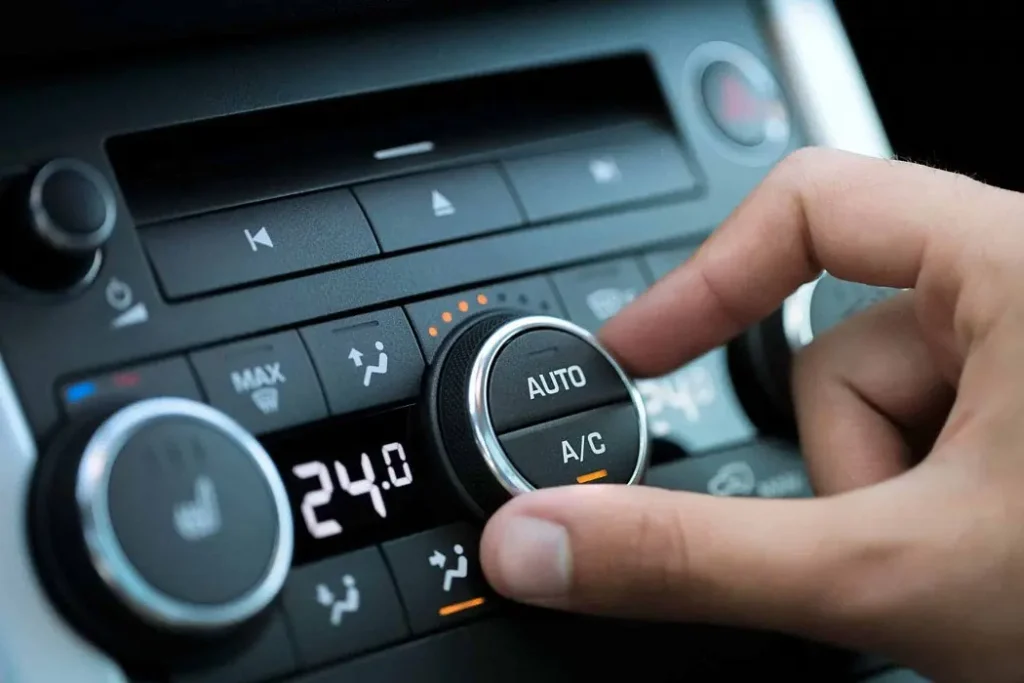
5. Reduce Vehicle Weight and Aerodynamic Drag
Carrying excess weight or creating wind resistance adds strain to your engine. Every extra kilogram forces your engine to work harder, especially during acceleration. If you’re not using that roof box or tool kit in the trunk, consider removing it.
Roof racks, spoilers, and off-road accessories can all contribute to aerodynamic drag. If you’re not using them regularly, it’s better to take them off.
6. Adjust Your Differential Gear Ratio for Better Economy
One of the most overlooked yet powerful methods of improving fuel efficiency is modifying your vehicle’s crown wheel and pinion gear ratio. This is especially relevant for those who frequently drive on highways or carry loads at consistent speeds.
Understanding Gear Ratios
The differential gear ratio determines how many times the driveshaft rotates for each revolution of the wheels. A numerically higher ratio (e.g., 4.56) offers more torque, which is great for off-roading or heavy towing. On the other hand, a numerically lower ratio (e.g., 3.55) reduces engine revolutions per minute (RPM) at cruising speed—leading to better fuel economy.
When Lower Gear Ratios Make SenseWhen Lower Gear Ratios Make Sense
If you spend most of your time on highways or drive lightly loaded vehicles, a lower differential ratio can significantly reduce fuel consumption. By lowering the engine RPM at cruising speeds, you burn less fuel without sacrificing the power needed for normal driving.
For example, switching from a 4.10 to a 3.73 ratio could reduce engine RPM by several hundred at 100 km/h. Over thousands of kilometers, that savings adds up.
Choosing the Right Setup
Changing your differential gear ratio isn’t a universal solution—it depends on your vehicle type, driving conditions, and load requirements. That’s why it’s important to work with an experienced gear supplier who understands custom setups.
At XJX Parts, we manufacture crown wheel and pinion sets in a wide range of ratios tailored for different needs. Whether you’re aiming for performance, efficiency, or a balance of both, we can help you choose the right configuration for your vehicle.
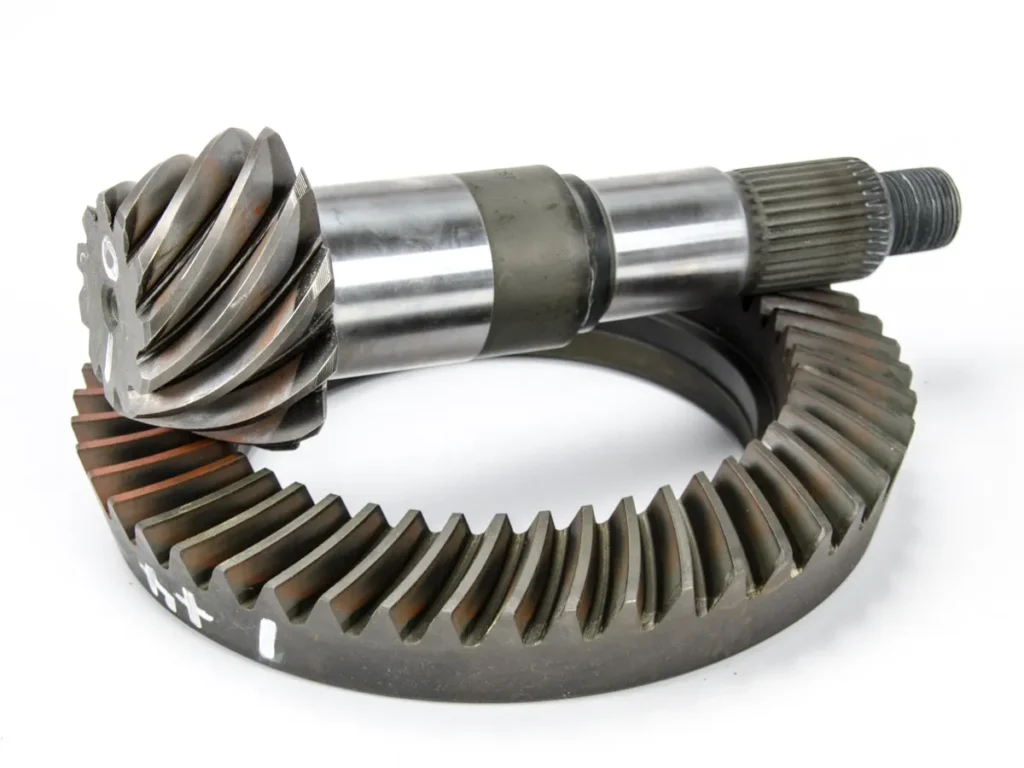
7. Inspect and Replace Worn Drivetrain Components
Even the most fuel-efficient setup won’t perform well if your drivetrain is compromised. Worn crown wheel and pinion gears, bad bearings, or misaligned shafts can all create friction and power loss.
Signs of Wear
- Whining or howling noises while driving
- Vibration during acceleration
- Uneven or premature tire wear
Final Thoughts
Fuel savings don’t come from one silver bullet—they result from a combination of good habits, smart upgrades, and regular maintenance. By integrating these strategies into your driving routine, you can reduce fuel consumption and prolong the life of your vehicle.
While everyone knows about checking tire pressure or replacing air filters, fewer drivers take advantage of gear ratio optimization. It’s a technical approach with measurable returns—especially when paired with quality parts and expert guidance.
If you’re looking to reduce fuel costs over the long term, consider exploring how your gear ratio affects engine efficiency. With the right setup, you could see real-world improvements without making major changes to your vehicle.


